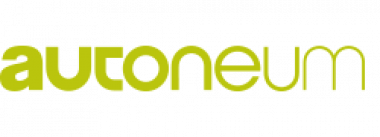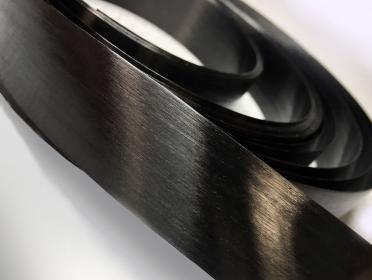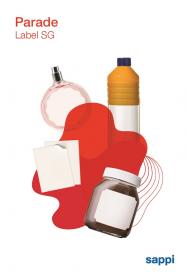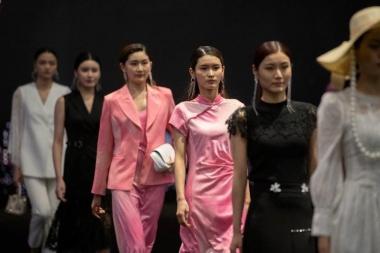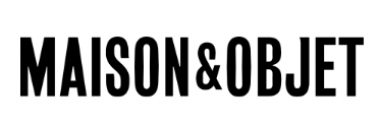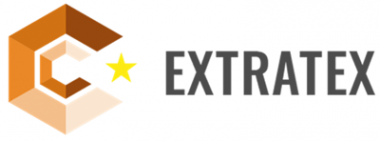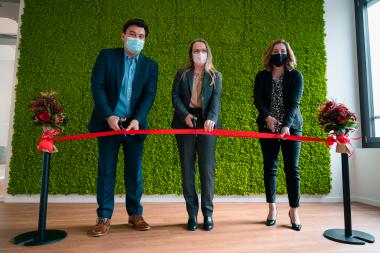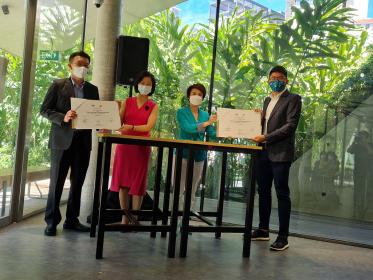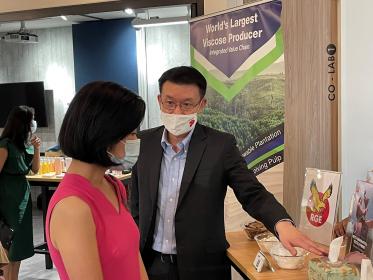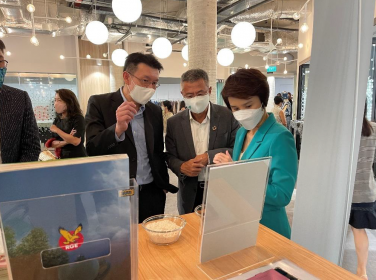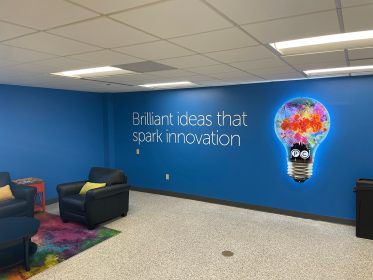Autoneum: Revenue development in 2021 impacted by semiconductor shortage
Business of the automobile industry and its suppliers was impacted in 2021 by the worldwide shortage of semiconductors and the correspondingly restrained development of production volumes, which was about the same as the previous year. Autoneum’s revenue in local currencies declined slightly by 1.6% compared with the previous year. In Swiss francs, Group revenue decreased by 2.3% to CHF 1 700.4 million year-on-year. For 2021 as a whole, an EBIT margin of a little more than 3% and a free cash flow of around CHF 70 million are expected.
Owing to the global shortage of semiconductors, automobile production for 2021 as a whole increased by 2.5% to 76.4 million vehicles and was thus only slightly higher than the previous year’s level. Autoneum’s revenue in local currencies declined by 1.6% year-on-year. Although revenue developed better than the market in three of four regions, the Company lagged slightly behind the global market trend. On the one hand, this was due to the fact that some vehicle models of US manufacturers predominantly supplied by Autoneum were disproportionately affected by the shortage of semiconductors, and, on the other hand, due to the lower share of Business Group Asia in Autoneum’s total revenue. The consolidated revenue in Swiss francs fell by 2.3% to CHF 1 700.4 million compared to the previous year (2020: CHF 1 740.6 million).
Revenue development in the Europe, Asia and SAMEA regions well above market
Business Group Europe recorded a decline in revenue of 1.6% in local currencies and was thus well above the market trend, which saw production fall by 4.4%. By contrast, revenue for Business Group North America in local currencies dropped by 7.2% and was thus well below the market, which saw a small increase of 0.1%. The vehicle models of US customers predominantly supplied by Autoneum were disproportionately affected by the semiconductor shortage. Consequently, Autoneum lagged behind the market trend in this region. Asia was the market least impacted by the semiconductor shortage in financial year 2021. Accordingly, in 2021 Asian automobile production saw good growth of 5.1%. Business Group Asia once again exceeded the overall Asian market, with revenue growth of 6.7% in local currencies. Business Group SAMEA (South America, the Middle East and Africa) significantly exceeded the market trend in financial year 2021.
Although 8.6% more vehicles were produced in the region compared to the prior year, Business Group SAMEA’s revenue rose by an impressive 24.8% on an inflation- and currency-adjusted basis. This growth was largely supported by high-volume programs in Turkey and South Africa.
Thanks to better than expected revenue at the end of 2021, Autoneum is in the upper range of its guidance, which was adjusted in October. Based on provisional figures, Autoneum expects an EBIT margin of slightly more than 3% and a free cash flow of around CHF 70 million for 2021.
Autoneum Management AG


